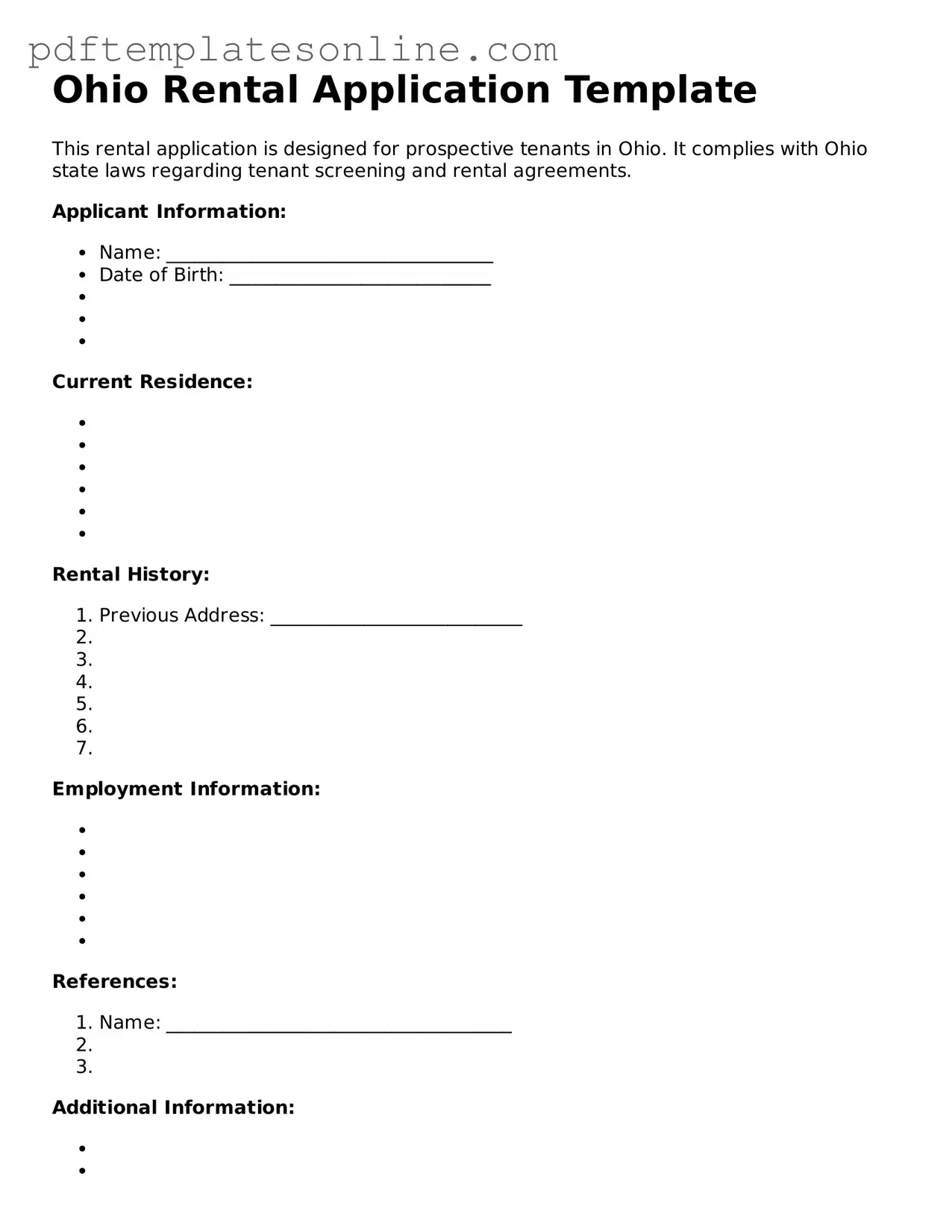Filling out a rental application can be a straightforward process, but many people make common mistakes that can hinder their chances of securing a rental. One frequent error is incomplete information. Applicants often forget to fill out all required fields or leave sections blank. This can raise red flags for landlords, who may interpret it as a lack of attention to detail or even dishonesty.
Another mistake is providing inaccurate personal information. Applicants sometimes misstate their current address or contact details. This can lead to complications during the background check process and may cause potential landlords to question the applicant's reliability.
Many individuals also underestimate the importance of credit history. Failing to disclose any credit issues upfront can backfire. Landlords appreciate transparency and may be more willing to work with applicants who explain their situation rather than hiding it.
Additionally, some applicants neglect to include references. A lack of references can make it difficult for landlords to verify an applicant’s rental history or character. It’s wise to provide a list of reliable references who can vouch for your responsibility as a tenant.
Another common oversight is not checking for errors. Typos and grammatical mistakes can make an application appear unprofessional. Taking a moment to proofread can make a significant difference in the impression you leave.
Many applicants also fail to provide adequate proof of income. Landlords typically require documentation to confirm that you can afford the rent. Without this, your application may be viewed as incomplete.
Some people forget to sign the application. A signature is often required to validate the information provided and to authorize background checks. An unsigned application may be discarded outright.
Another mistake is not being prepared for the application fee. Some applicants assume that the fee is optional or forget to bring the necessary funds. Being prepared can streamline the process and demonstrate seriousness to the landlord.
Lastly, not following up after submitting the application can be a missed opportunity. A polite inquiry about the status of the application can show interest and initiative, which landlords often appreciate.
